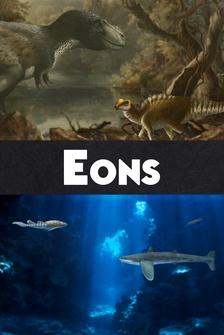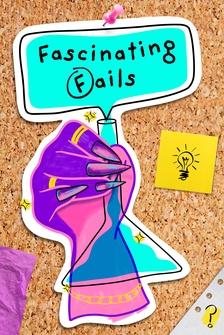- [Narrator] It's not widely known, but for more than 200 years, knights in shining armor and guns coexisted on the battlefield.
- Knights were some of the first people to take up firearms.
- [Narrator] Their armor embodied a revolution in metal making.
But how were they made?
There are no surviving texts from the time accurately describing how they hardened armor, but Jeff has come up with a strategy.
After weeks of pounding and shaping, there's one final step that transforms good armor into great armor that's bulletproof, hardening the metal.
- If you can work out how to harden steal, you can certainly double its strength, which means that it is then twice as resistant to bullets as well as to other weapons.
- [Narrator] He's going to heat treat the armor in a process known as the quench.
- With the heat treating, you're causing a change in the crystal structure of the metal.
- [Narrator] Magnifying the unhardened steel reveals many light areas.
These regions are low in carbon, so the iron atoms can slide past each other, making the armor too soft.
Jeff will heat the steel so the grid of iron atoms expands and carbon can redistribute from high concentration areas to low ones.
Then he'll lock the carbon into place by cooling the armor quickly in oil.
This new structure is harder, but more brittle, too.
Heating the piece again, will soften the metal slightly so it can withstand an impact without cracking.
A crack could mean disaster.
He listens to see how the metal reacts.
(armor crackling) - You hear that?
- [Narrator] Jeff can't see any cracks in the placard that protects the breastplate, but he won't know its strength until the armor is tested.
- It's just a dent, just a little bigger than my thumb.
- [Narrator] Even for modern ballistics experts, the armor has performed beyond expectation.
- [Jeff] Whoa, that bullet is gone.
Armor one, bullet nothing.














